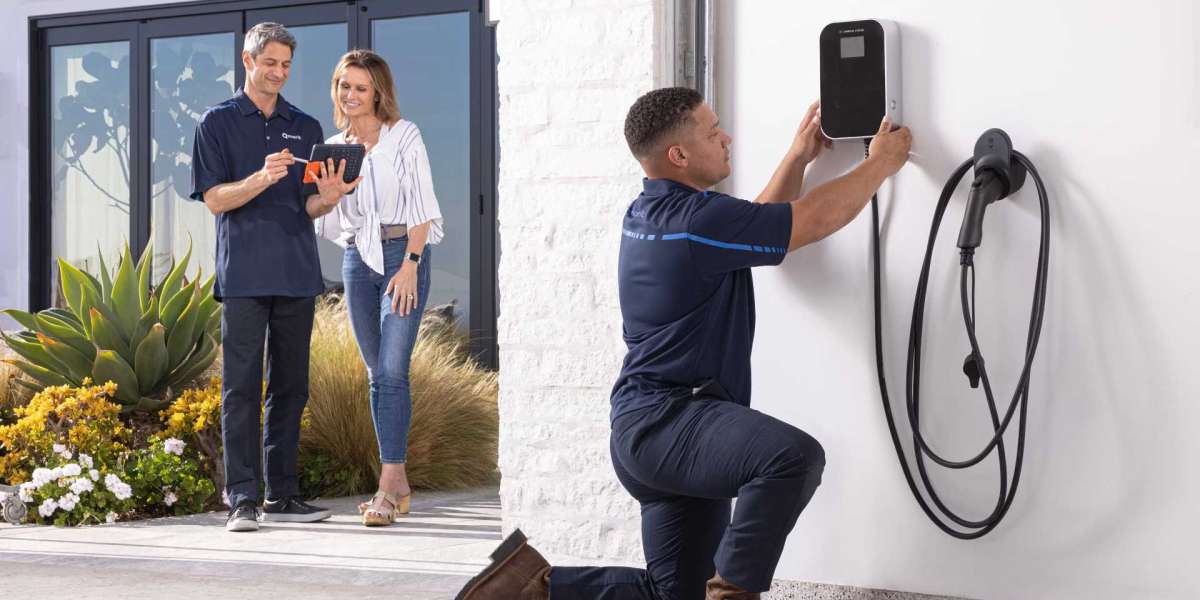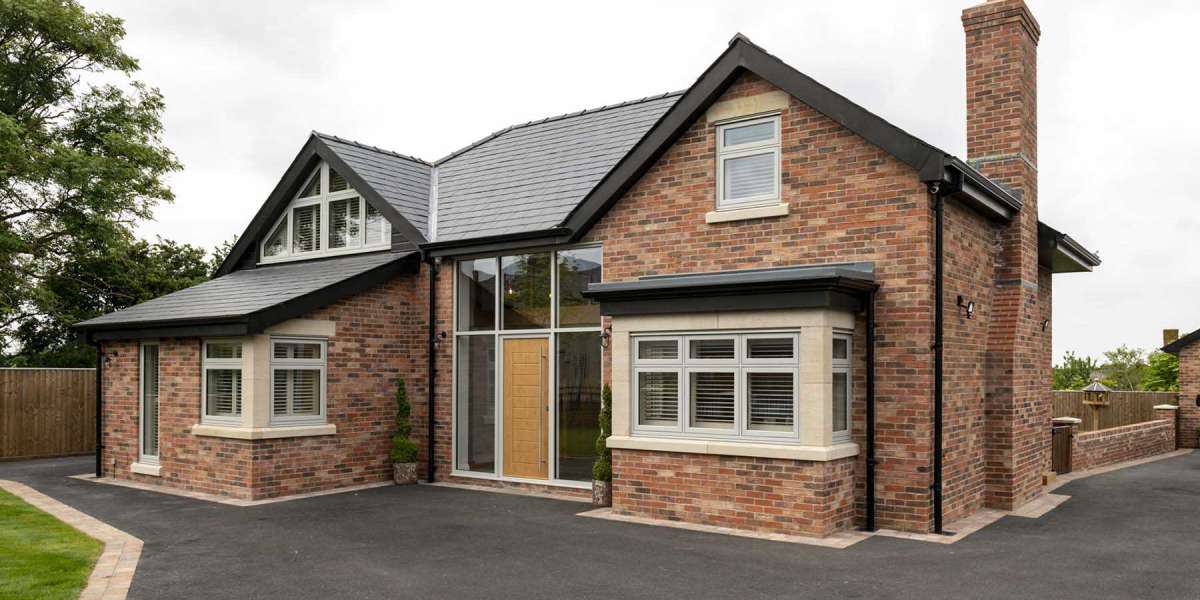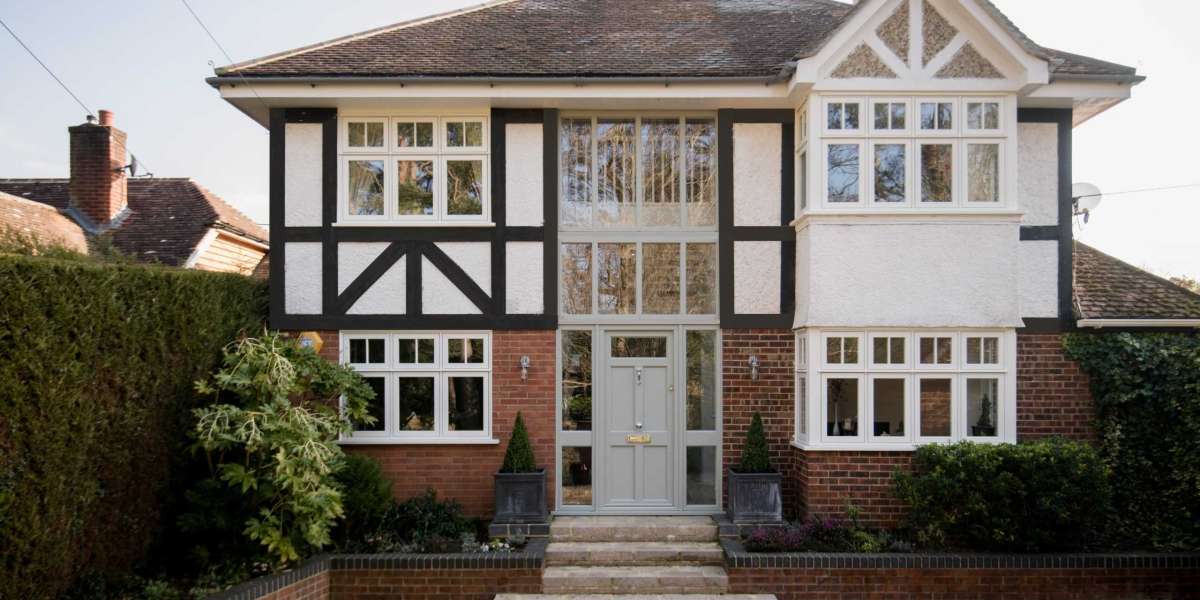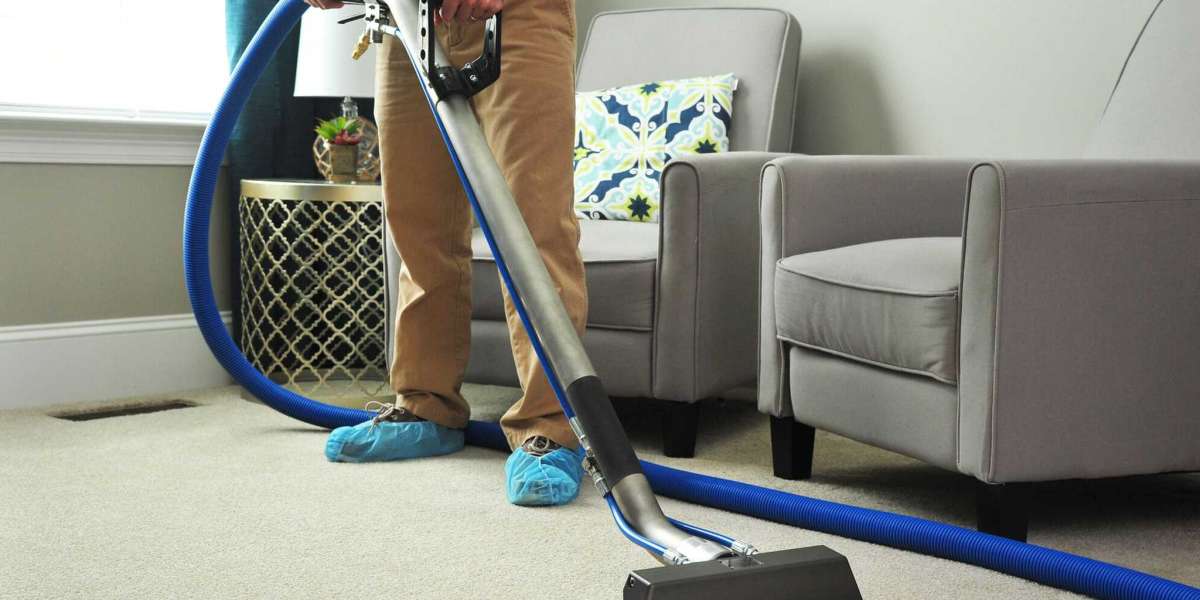Crawl spaces are often overlooked, yet they play a crucial role in your home’s energy efficiency and overall comfort. Poorly insulated crawl spaces can lead to cold floors, moisture buildup, and higher energy bills. Investing in proper crawl space insulation helps control humidity, improve indoor air quality, and reduce heating and cooling costs. For homes in climates with extreme seasonal shifts, insulating this area is not just an upgrade—it’s a necessity. Whether you're planning a home renovation or dealing with long-standing insulation issues, understanding the process is the first step.
Professional help from companies like AAA Spray Foam Insulation can make a lasting difference in your home's performance, especially when it comes to effective crawl space insulation.
Why Crawl Space Insulation Matters
Crawl space insulation is more than a comfort feature—it’s a crucial barrier that protects your home from external elements. Without it, cold air, moisture, and even pests can infiltrate your home, affecting structural integrity and indoor conditions. Insulated crawl spaces provide thermal regulation, making it easier for your HVAC system to maintain consistent temperatures, which results in reduced energy consumption and lower utility bills. Additionally, well-insulated crawl spaces prevent condensation and mildew, which can be harmful to both your home and your health. In modern construction and retrofitting, crawl space insulation is seen as an essential part of any energy-efficient home strategy.
Choosing the Right Insulation Materials
Selecting the right material for crawl space insulation depends on your specific environment, moisture conditions, and budget. Common options include fiberglass batts, rigid foam boards, and spray foam. Spray foam insulation, in particular, offers superior air sealing properties, making it an excellent choice for moisture-prone crawl spaces. While fiberglass is a traditional option, it may not perform well in damp settings. Rigid foam provides a solid moisture barrier and is commonly used along crawl space walls. The choice you make should account for both insulation value (R-value) and long-term durability, especially in locations where seasonal weather extremes are common.
Common Crawl Space Insulation Mistakes
These are the common crawl space insulation mistakes:
Insulating the ceiling instead of the walls allows moisture and cold air to circulate beneath the living space.
Failing to seal crawl space vents results in uncontrolled airflow and increased humidity.
Installing insulation without addressing moisture issues first which can lead to mold and decreased insulation effectiveness.
Skipping the use of a vapor barrier, especially in humid environments, causes long-term moisture problems.
Choosing the wrong type of insulation for crawl spaces, particularly in areas prone to dampness.
Overlooking air leaks, moisture levels, and pest activity before beginning the insulation process.
Improper installation techniques can lead to energy loss, mold growth, and potential structural damage over time.
Cost and Professional Installation
The cost of crawl space insulation varies depending on the size of the space, the material chosen, and whether you need to address existing issues like water intrusion or pests. On average, homeowners might spend anywhere from $1,500 to $5,000 for a full crawl space insulation project. While DIY solutions may seem tempting, the intricacies of proper installation often require the expertise of trained professionals. This is especially true in areas like Great Neck, NY, where moisture control and temperature shifts must be carefully managed. Trusting experienced providers like AAA Spray Foam Insulation ensures the work is done correctly, offering long-term benefits and peace of mind.
Long-Term Benefits for Your Home
Insulating your crawl space doesn't just improve comfort—it enhances your home’s overall performance. You'll notice more stable indoor temperatures year-round, fewer drafts, and lower energy bills. Over time, proper crawl space insulation also protects your home’s foundation from moisture-related damage, helping to preserve property value. It can even reduce allergens and pollutants in your indoor air by acting as a barrier to outside contaminants. As part of an energy-efficient home, crawl space insulation contributes significantly to sustainability and comfort. When done right, it's an investment that pays dividends for years to come.
FAQs
1. How do I know if my crawl space needs insulation?
If you feel cold floors, notice high energy bills, or detect moisture and mildew in your crawl space, it’s a strong indication that insulation is needed.
2. Can I use fiberglass for crawl space insulation?
Yes, but it’s not the best option in humid environments. Fiberglass can trap moisture and lose its effectiveness over time. Spray foam is usually more durable.
3. Should I insulate crawl space walls or the ceiling?
For best results, especially in unvented crawl spaces, insulating the walls is more effective for moisture and temperature control.
4. How long does crawl space insulation last?
Depending on the material and installation quality, crawl space insulation can last 20–30 years or more with minimal maintenance.
5. Is a vapor barrier necessary when insulating a crawl space?
Absolutely. A vapor barrier is crucial for controlling moisture, which protects both your insulation and your home's foundation from damage.









